
STRETCH YOUR TIGHT HAMSTRING MUSCLES AND IMPROVE YOUR SPLITS
Do you want to improve your splits? Different body parts are involved in performing the splits, but one of the most important is the hamstring area. The hamstring muscles are responsible for extending the hip, and keeping them flexible is essential if you want to achieve a deep split (or oversplit). However, the hamstring is also a notoriously tight area, making it difficult to stretch effectively. It can be painful and even lead to injuries if you are not careful.
The following article will go over the anatomy of the hamstring, how to stretch it properly, and some lifestyle shifts you can adopt to facilitate its flexibility.
WHAT IS THE HAMSTRING?

The hamstring is any of the three posterior thigh muscles that attach to the pelvis and extends down to the knee. Your hamstring muscles are located at the back of your thigh. They are responsible for extending the hip of your back leg during a split and are stretched fully in the front leg of your split.
There are three main muscles that make up the hamstring: the biceps femoris, the semitendinosus, and the semimembranosus. The biceps femoris is the largest and most powerful of the three muscles. It attaches to the pelvis via a tendon called the 'long head'. The semitendinosus and semimembranosus attach to the pelvis via a common tendon called the 'short head'. All three muscles work together to extend the hip, flex the knee, and externally rotate your legs. They perform other minor functions.
HOW DO THE HAMSTRINGS GET TIGHT?
The hamstrings are a tight muscle group. There are a few reasons for this. First, the hamstring is used frequently in daily activities such as walking, climbing stairs, doing squats and performing many other leg movements. Secondly, the hamstring works antagonistically with the quadriceps (the muscles on the front of the thigh). As a result, when the quads contract, the hamstrings lengthen. Over time, this can lead to imbalances and chronic tightness in the muscle. Additionally, many people have a natural tendency towards 'quad dominance'; they use their quads more than their hamstrings. That imbalance can also contribute to tightness in the muscles.
Finally, it's important to note that some people simply have tighter hamstrings than others due to genetics or other factors.

HOW TO PROPERLY STRETCH YOUR HAMSTRINGS TO IMPROVE YOUR SPLITS?
There are different ways to stretch your hamstrings. The most important thing is to focus on quality over quantity. You want to hold each stretch for at least 30 seconds—preferably longer if you can tolerate it.
Another important tip is to focus on breathing deeply while you stretch. It will help relax the muscle and allow you to sink deeper into the stretch.
Here are a few of the best hamstring stretches:
- Lying Hamstring Stretch: Lie on your back and extend the two legs up (or one at a time keeping your hips aligned). Flex your feet and use a strap or towel around your feet to extend your leg higher while pressing the hips to the ground. Contract your quadriceps to create an even deeper stretch thanks to the antagonist muscles activation. Hold for 30 seconds or more.

- Seated Hamstring Stretch: Sit on the ground with one leg extended straight in front of you and the other bent at the knee. Reach forward with a straight back and try to touch your toes or hold your foot. Hold for 30 seconds or more.

- Standing Hamstring Stretch: Stand up tall and place one foot on a chair, bench, or step—or wall if you are advanced. Keep your back straight, bend forward at the hips until you feel a stretch in the back of your thigh. Hold for 30 seconds or more.
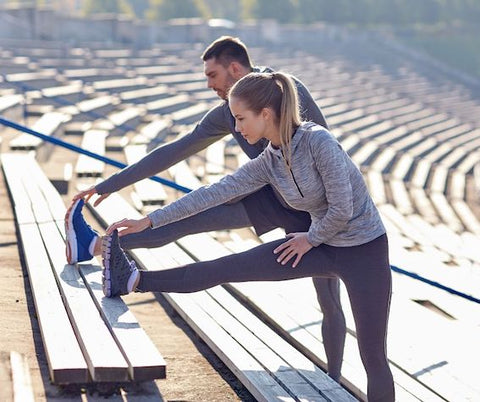
- Forward fold: Start by standing with your feet hip-width apart. Bend forward at the hips, keeping your back straight until you feel a stretch in the back of your thighs. Hold for 30 seconds or more.

THINGS TO AVOID TO PREVENT TIGHT HAMSTRINGS
There are a few things you should avoid doing to prevent hamstring tightness. First, avoid sitting for long periods of time—get up and move every now and then. Sitting too long can shorten the hamstring muscles. As the hamstrings connect at the sit bones and insert below the knee, having the knees bent puts the muscle in a shortened position. Sitting can also make the glutes too passive, worsening the hamstring tightness. If you must sit for long periods, try to adopt different sitting positions to loosen your hamstring. An exercise ball (also called a physioball) is an excellent alternative to a chair as you must constantly keep your balance, stimulating different muscles and can open your hips and shift your weight.
Second, avoid overtraining your quads. As mentioned before, quad dominance can lead to imbalances and tightness in the hamstring muscle group. Focus on training your hamstrings equally with your quads (or even more so) in order to prevent this imbalance.
Finally, avoid stretching cold muscles. Always warm up before stretching, either with light cardiovascular activity to raise your heart rate or by doing active movements for at least ten minutes before stretching. It will help prevent injuries and allow you to get a deeper stretch.

CONCLUSION
The hamstring is a common tight muscle group. The problem is often due to imbalances, overtraining of the quads, lifestyle, or simply genetics.
To prevent this issue, focus on quality over quantity when stretching your hamstring. Furthermore, avoid sitting for long periods and train your hamstrings equally with your quads. Finally, warm up before stretching to prevent injuries and allow for a deeper stretch.
Following these tips will give your body a chance to improve your splits, injury-free.
*You may also be interested in:
-
Understanding flexibility to achieve more of it.
- The Art of Flexibility—Stretching techniques scientifically explained
- 5 Stretching mistakes that may harm you
- 13 tools elite athletes use to enhance their flexibility
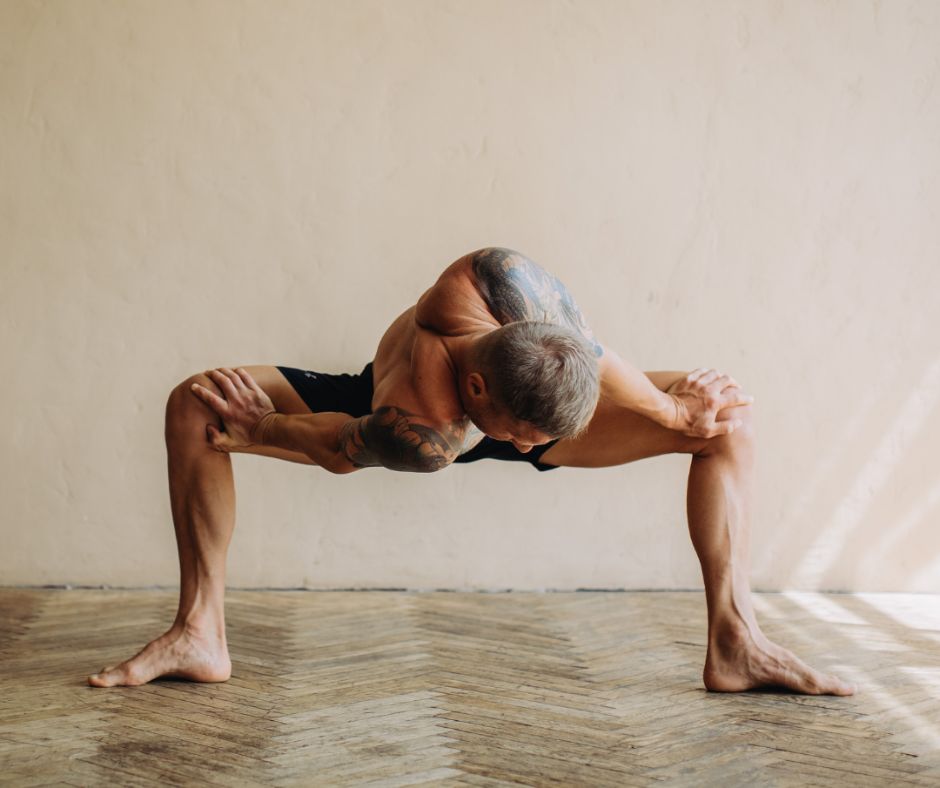

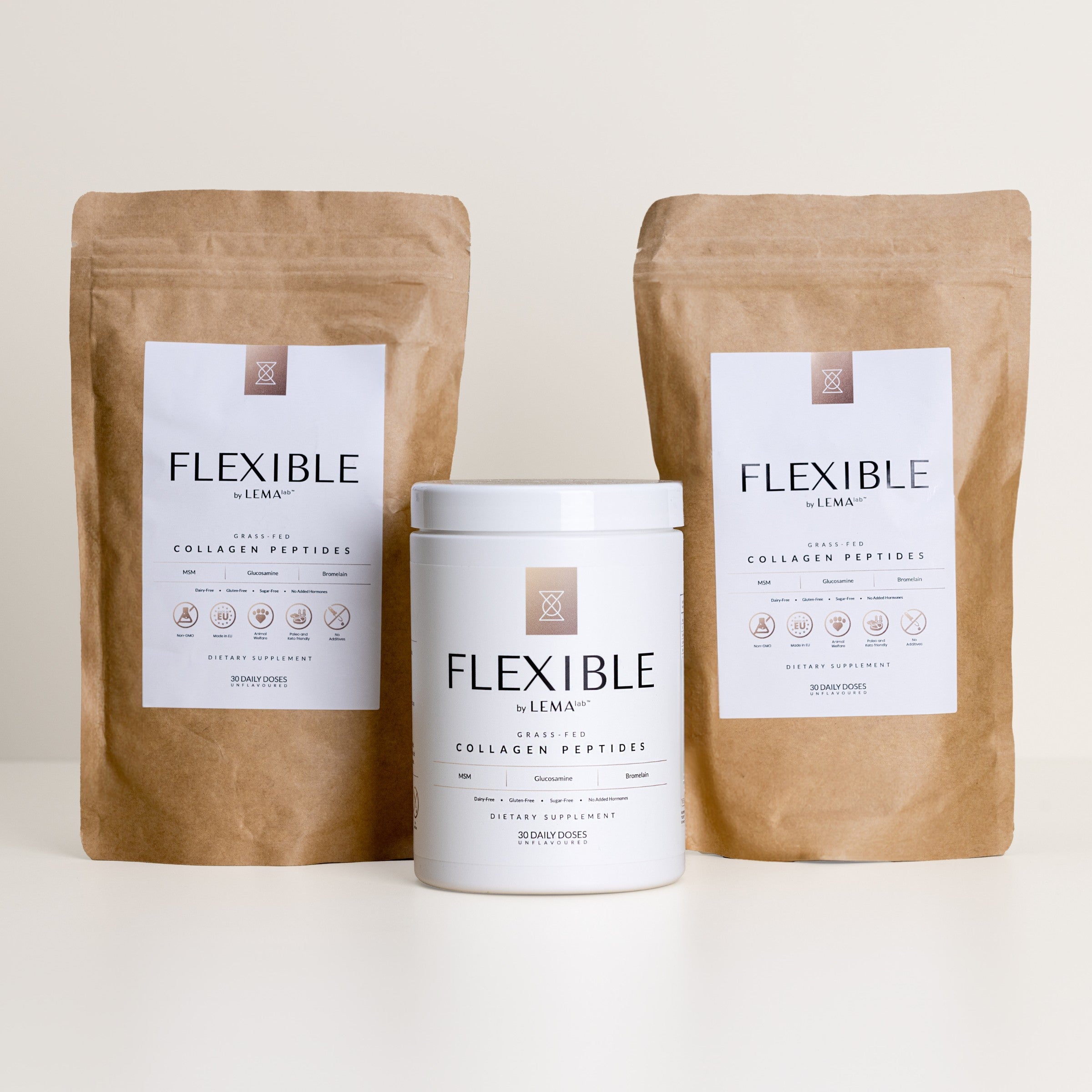
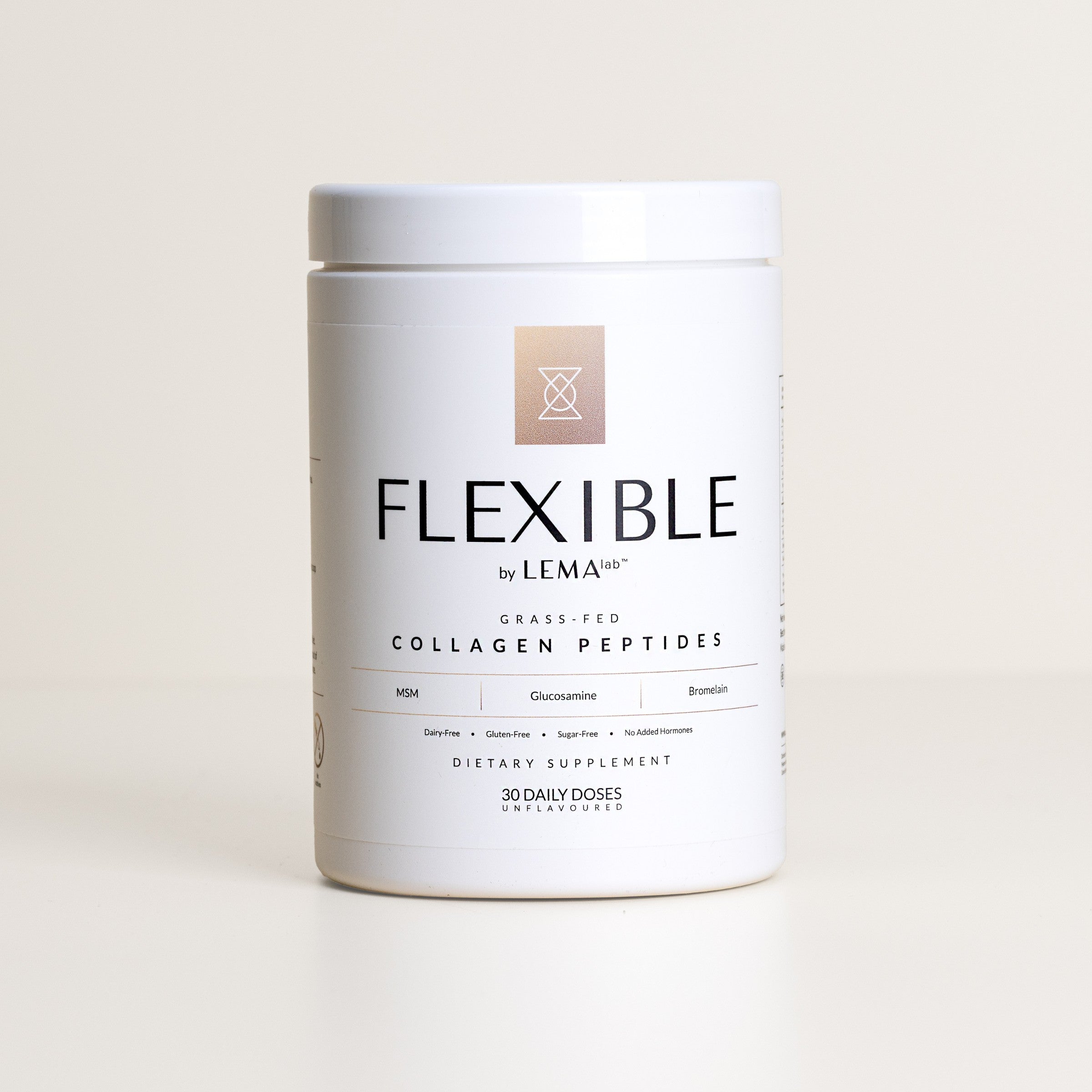

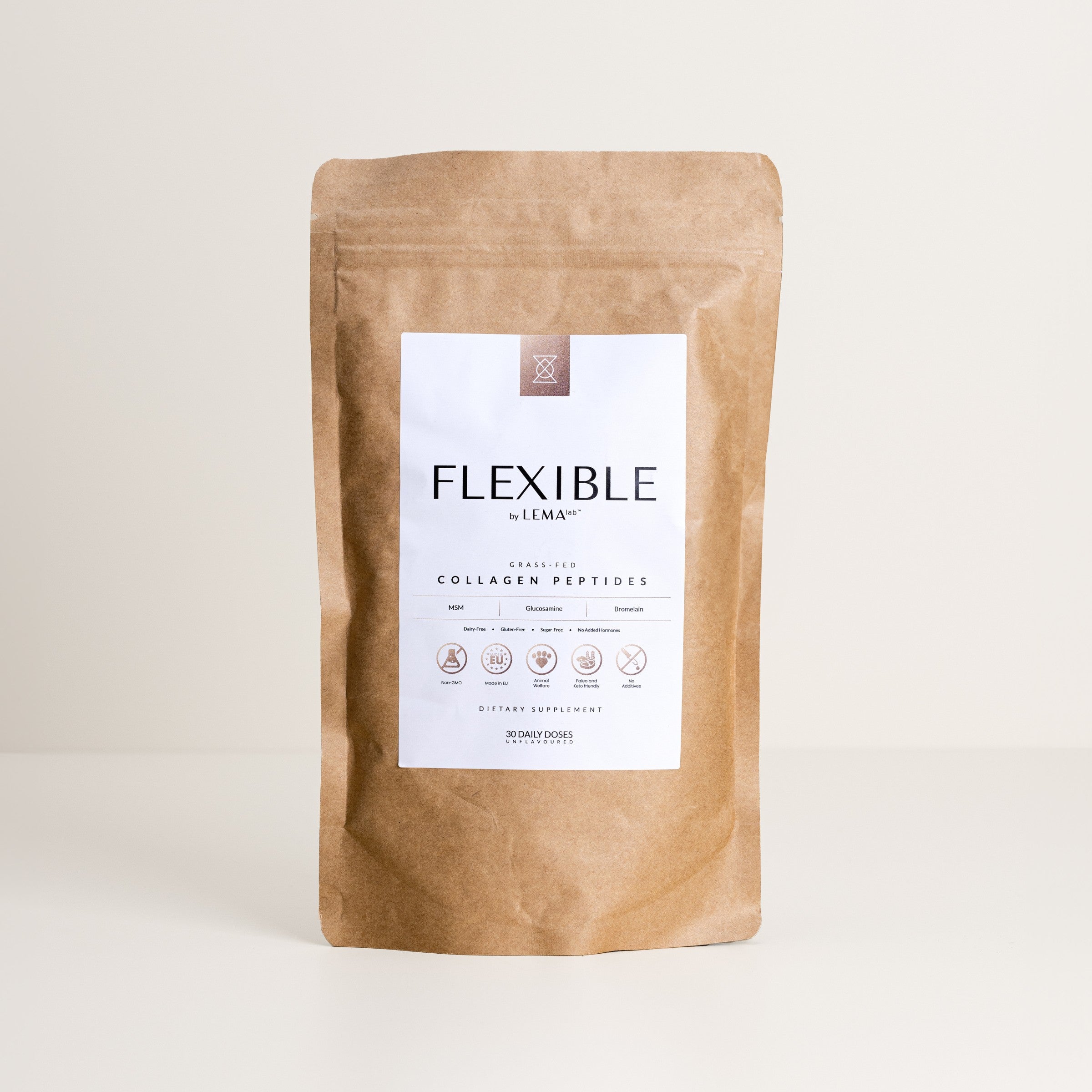

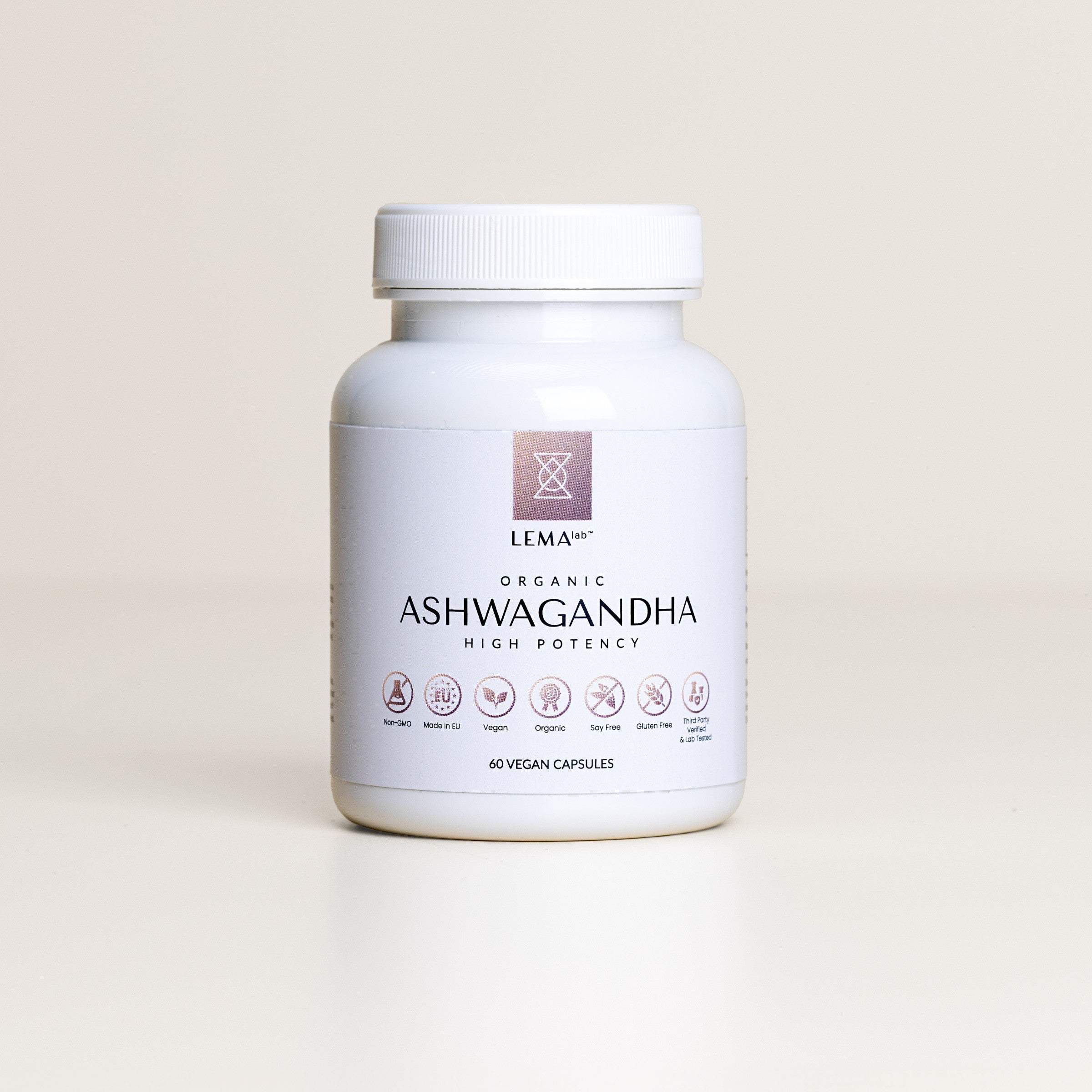

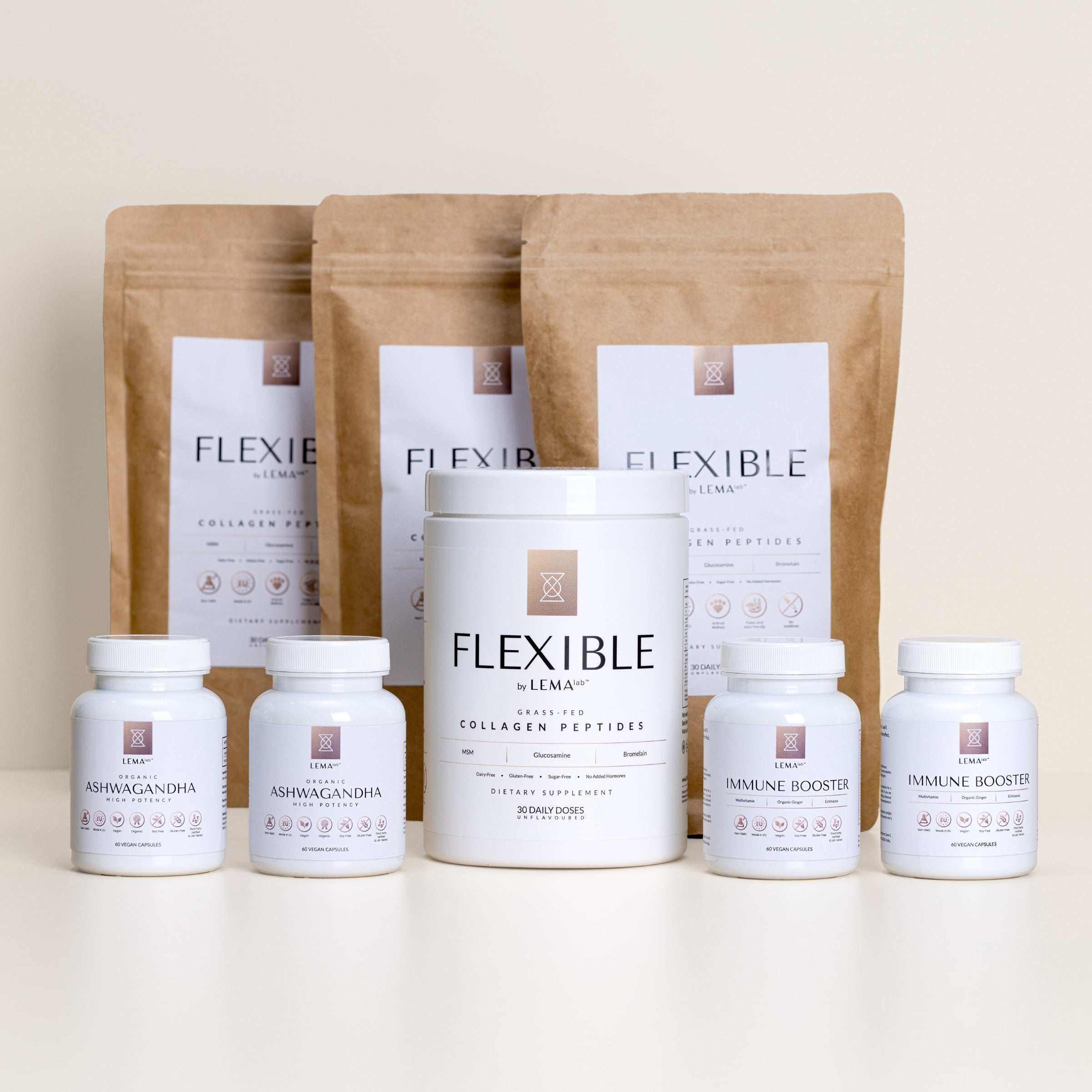
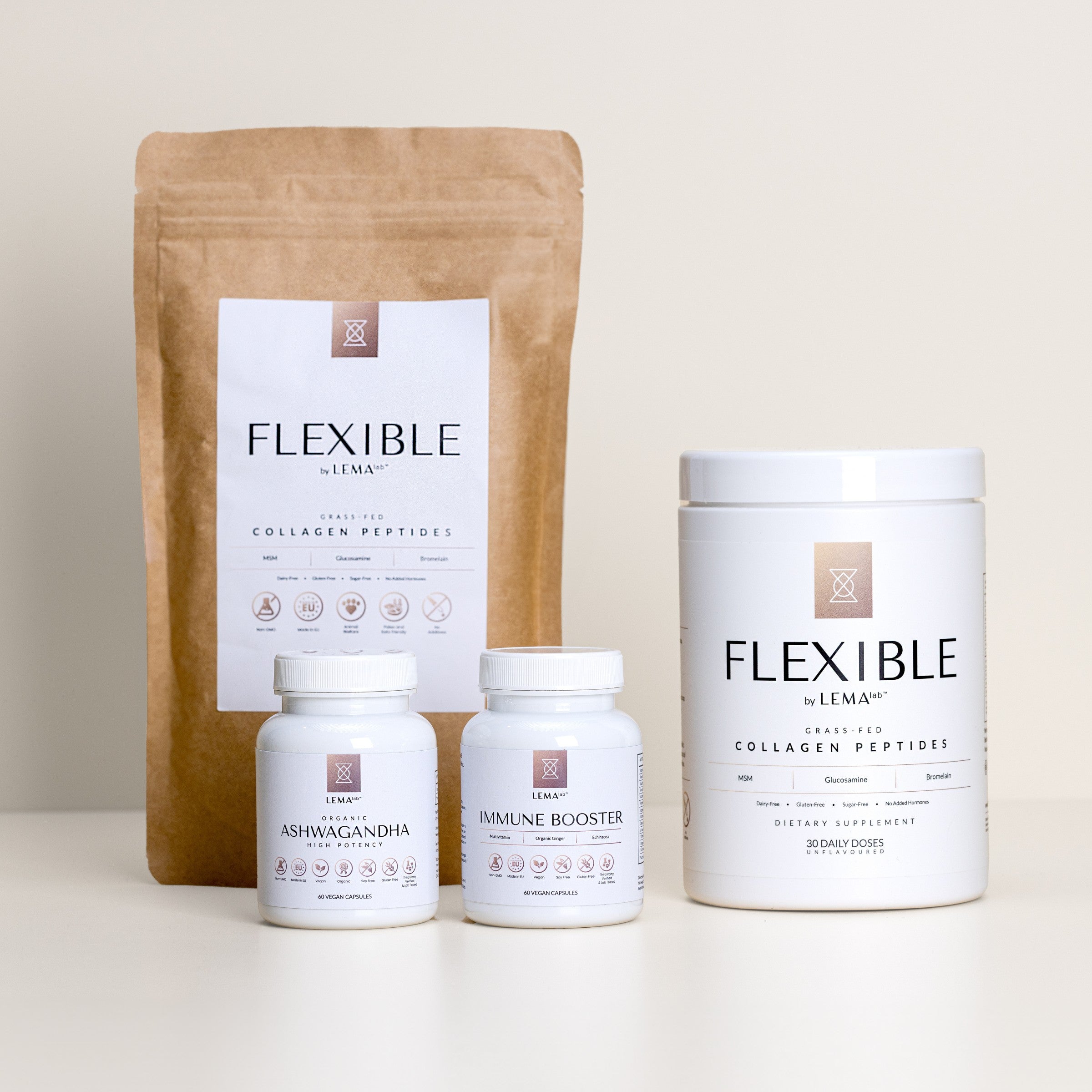

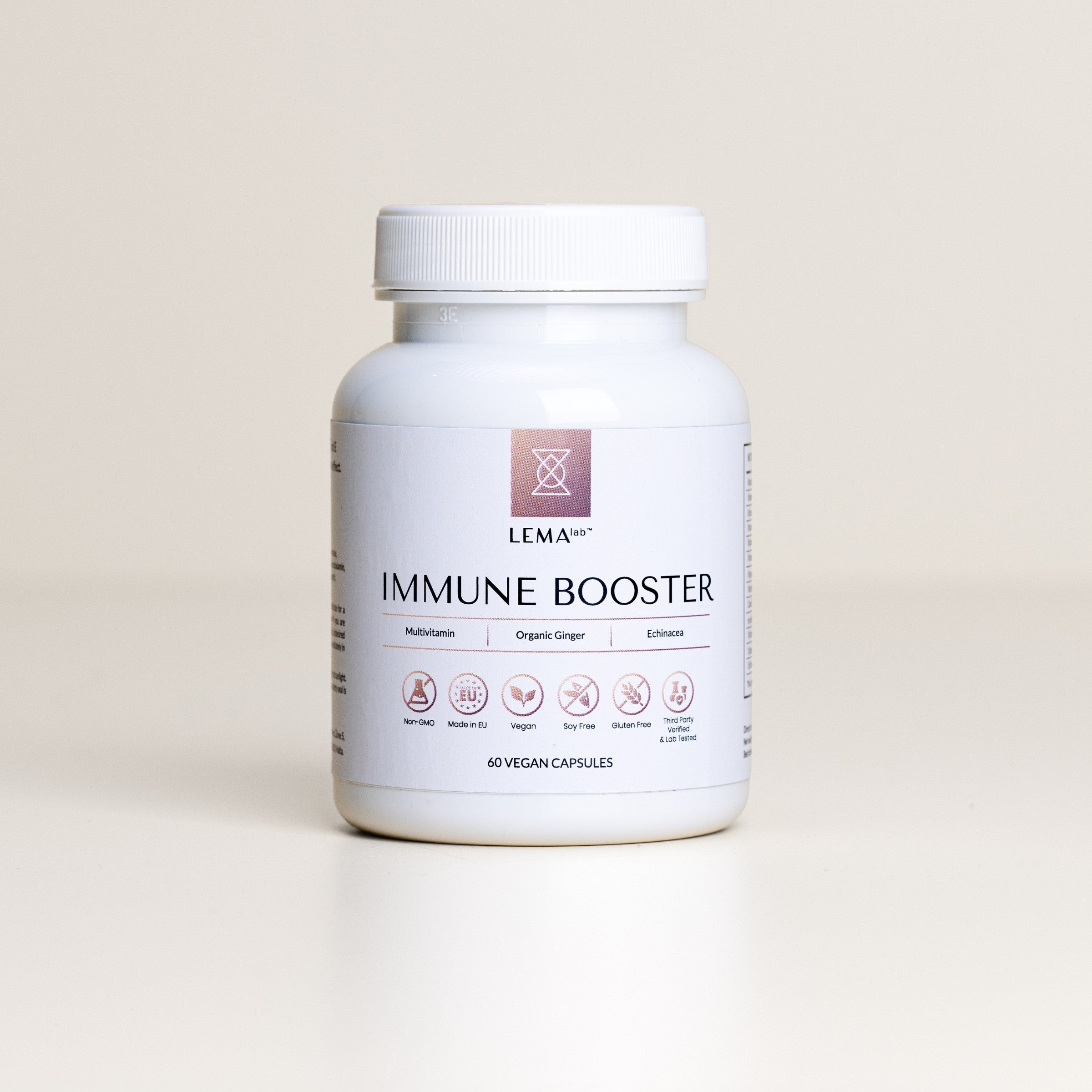

Leave a comment
This site is protected by reCAPTCHA and the Google Privacy Policy and Terms of Service apply.